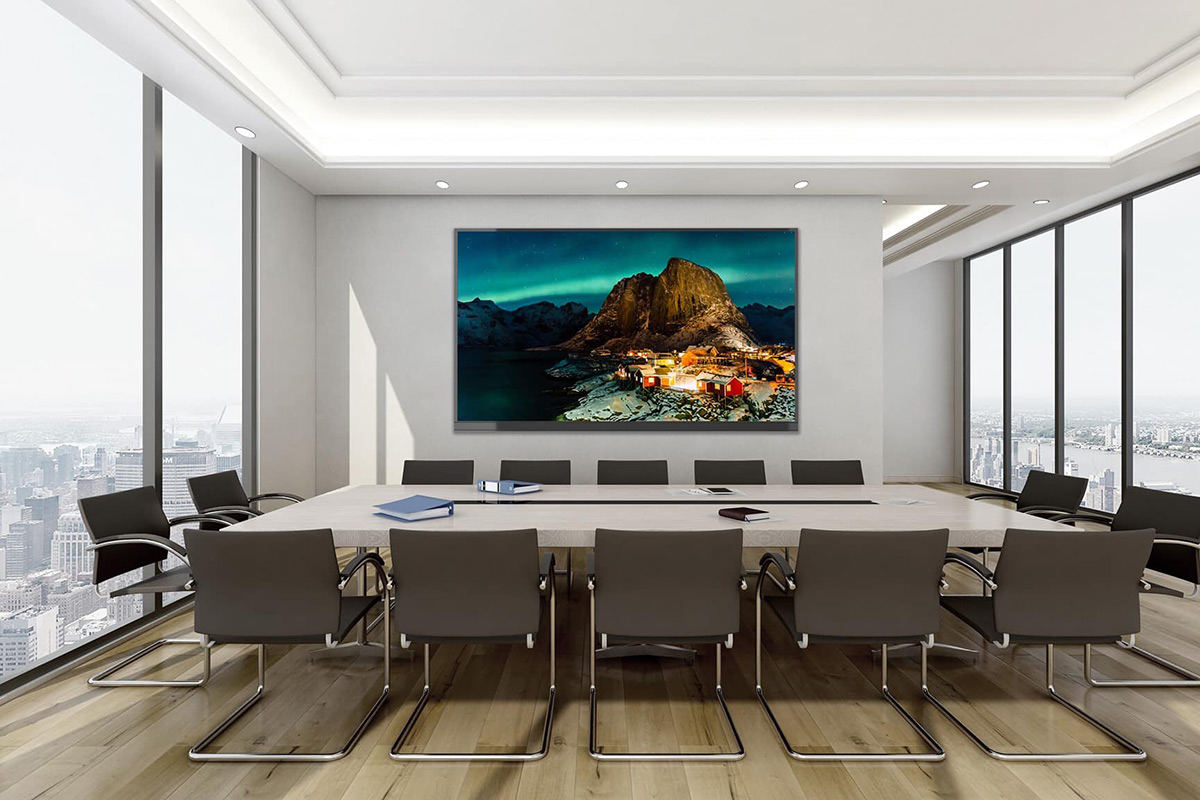In the world of digital signage, LED displays reign supreme, offering vibrant visuals that capture attention in various settings. However, not all LED displays are created equal. Indoor and outdoor LED displays serve distinct purposes and come with unique characteristics tailored to their specific environments. Let's delve into the dissimilarities between these two types of displays to understand their functionalities better.
Environmental Protection:
- Outdoor LED display screen are designed to withstand harsh weather conditions such as rain, snow, and extreme temperatures. They feature robust casings with weatherproofing to protect the internal components.
- Indoor LED display screen, on the other hand, are not exposed to such elements and therefore do not require the same level of weatherproofing. They are typically housed in lighter enclosures optimized for indoor settings.
Brightness and Visibility:
- Outdoor LED display screen need to combat high ambient light levels to maintain visibility, especially during daylight hours. Hence, they are significantly brighter than indoor displays and often employ technologies like high brightness LEDs and anti-glare coatings.
- Indoor LED display screen operate in controlled lighting environments where ambient light levels are lower. Consequently, they are less bright compared to outdoor displays, offering optimal visibility without causing discomfort to viewers in indoor settings.
Pixel Pitch and Resolution:
- Outdoor LED display screen generally have larger pixel pitch (lower resolution) compared to indoor displays. This is because outdoor screens are typically viewed from a distance, allowing for larger pixel pitch without sacrificing image quality.
- Indoor LED display screen require higher resolution to deliver crisp and detailed visuals, as they are often viewed from close proximity. Therefore, they feature smaller pixel pitch, resulting in higher pixel density and improved image clarity.
Energy Efficiency:
- Outdoor LED display screen consume more power due to their higher brightness levels and the need to combat outdoor lighting conditions. They require robust cooling systems to maintain optimal performance, contributing to increased energy consumption.
- Indoor LED display screen operate in controlled environments with lower ambient temperatures, requiring less power to maintain performance. They are designed to be energy-efficient, contributing to reduced operational costs in indoor settings.
Content Considerations:
- Outdoor LED display screen often display dynamic content optimized for quick viewing, such as advertisements, announcements, and event promotions. They prioritize high contrast and bold visuals to grab attention amidst outdoor distractions.
- Indoor LED display screen cater to a variety of content types, including presentations, videos, and interactive displays. They offer superior color accuracy and grayscale performance, ideal for showcasing detailed content with subtle nuances.
Conclusion: While both indoor and outdoor LED display screen serve the purpose of delivering engaging visual experiences, their differences in design, functionality, and performance make them suited for distinct environments and applications. Understanding these disparities is crucial for selecting the right type of LED display to meet specific needs and maximize impact in various settings.
Post time: May-13-2024


